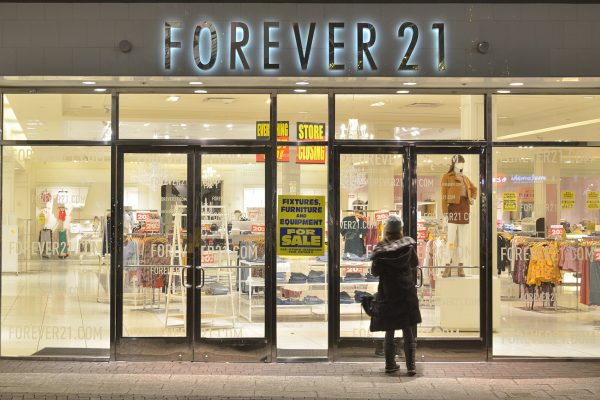Black Friday Frenzy Fails To Follow in 2021
On the last Friday of November, stores have lines wrapped around their building with customers itching to buy a TV for 50% off. While many shoppers used to buy their Christmas gifts for their loved ones in stories, others simply shop online from the comfort of their homes. The day after Thanksgiving marks the start of holiday shopping as 20% of holiday shopping is completed during this holiday due to the plethora of discounts and deals, according to catman. Many of the best deals are on TVs, electronic appliances, and jewelry which causes the average shopper to spend 2.5 hours in line. As many shoppers splurge their money on this holiday, studies show that the average amount of money spent by each customer in pre-pandemic years was up to $900.
Where did the concept of Black Friday originate from? According to USA Today, its history has little correlation with the dynamics of present-day Black Friday. Post Civil War, Jay Gould, and Jim Fisk had possession of a large amount of gold which ended up causing the prices to increase and allowing them to make a substantial profit out of it. As a result, President Grant ended up delivering gold worth millions of dollars to the market which dropped the prices of gold and caused Gould and Fisk to lose a large amount of money. This led to the creation of “Black Friday” as it conveyed the idea of American greed and chaos. The title of “Black Friday” was created because the “retailers were ‘in the black’ after the influx of shoppers spent their money on discounted goods,” according to CountryLiving. However, the first Black Friday with sales and discounts had been initiated in the 1950s in Philadelphia as many stores had sales after an Army game which also happened to occur after Thanksgiving.
Typically, Black Friday causes many customers to flood the stores, however, the pandemic altered the dynamic of this holiday as curbside pickup and pick up in-store became more prevalent, according to protocol. However, this was not the only difference in the recent years of Black Friday. Studies have shown that the Black Friday sales in 2021 have dipped compared to last year when lockdowns and stay-at-home orders were incorporated. According to NYPost, online sales dipped 1.4% percent, equivalent to $10.7 billion, which is $100 million less compared to the online sales in 2020. Retail experts claim that the primary reason for the drop in sales is that customers could not find any deeply discounted products, according to Bloomberg. The customers were not wrong – the average discount on products was only 24% which is lower by 2-4% than the usual discounts compared to the previous year. This evidently drove the customers away as many expected the usual 50% discount.
According to LATimes, stores have been lowering their discounts because the pandemic had caused supply chain issues that decreased the overall production of goods globally. This triggered inflation as demand kept increasing while the supply was decreasing, causing the average amount of customers on Black Friday to decrease as well. Retail Analyst Brain Yarbrough stated, “This will probably be one of the least promotional periods you’ve seen in some time. Even with a lot of these deals, it’s not these margin killers they used to be.” This drove away customers as many were not willing to spend hours in lines for a menial deal, according to CNBC. Studies displayed that 52% of American consumers would not participate in this year’s Black Friday. While Black Friday used to be one of the busiest holidays in America, the pandemic has had one of the lowest sales in years, causing customers to skip out on their traditional holiday shopping.






